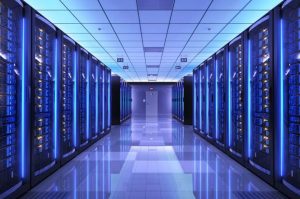Intricacies of Machine Learning in Data Science
2 min read[ad_1]
Machine learning served as APIs
Machine learning is no longer just for geeks. Nowadays, any programmer can call some APIs and include it as part of their work. With Amazon cloud, with Google Cloud Platforms (GCP) and many more such platforms, in the coming days and years we can easily see that machine learning models will now be offered to you in API forms. So, all you have to do is work on your data, clean it and make it in a format that can finally be fed into a machine learning algorithm that is nothing more than an API. So, it becomes plug and play. You plug the data into an API call, the API goes back into the computing machines, it comes back with the predictive results, and then you take an action based on that.
Machine learning – some use cases
Things like face recognition, speech recognition, identifying a file being a virus, or to predict what is going to be the weather today and tomorrow, all of these uses are possible in this mechanism. But obviously, there is somebody who has done a lot of work to make sure these APIs are made available. If we, for instance, take face recognition, there has been a plenty of work in the area of image processing that wherein you take an image, train your model on the image, and then finally being able to come out with a very generalized model which can work on some new sort of data which is going to come in the future and which you have not used for training your model. And that typically is how machine learning models are built.
The case of antivirus software
All your antivirus software, typically the case of identifying a file to be malicious or good, benign or safe files out there and most of the anti viruses have now moved from a static signature based identification of viruses to a dynamic machine learning based detection to identify viruses. So, increasingly when you use antivirus software you know that most of the antivirus software gives you updates and these updates in the earlier days used to be on signature of the viruses. But nowadays these signatures are converted into machine learning models. And when there is an update for a new virus, you need to retrain completely the model which you had already had. You need to retrain your mode to learn that this is a new virus in the market and your machine. How machine learning is able to do that is that every single malware or virus file has certain traits associated with it. For instance, a trojan might come to your machine, the first thing it does is create a hidden folder. The second thing it does is copy some dlls. The moment a malicious program starts to take some action on your machine, it leaves its traces and this helps in getting to them.




